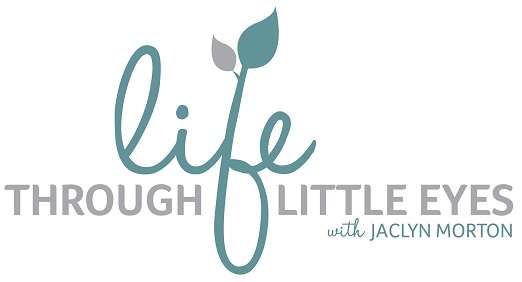Why is reducing questions more likely to encourage my child to talk?

As parents our default setting can be to ask questions…1) ”what did you have for lunch?”, 2) “who did you play with?” 3) “how do you feel about that?”. Answers are often…1) can’t remember 2) don’t know 3) fine. So we know that actually questions often provide us with less information rather than more.
We want children to enjoy talking, and to feel comfortable to share what’s going on in their worlds.
There are ways we can do this which gives a child more time, where they feel listened to and provides opportunity for them to use language spontaneously. Here’s how:
- Use comments to start a conversation and interested questions to keep it going e.g. “you had PE today it was a nice day, I wonder if you were outside”. This provides an opportunity to talk if they want to, with no pressure to respond.
- Alternate comments or questions ensuring use of more comments than questions. This keeps the conversation based on what they are talking about or interested in, and doesn’t put demands on their talking.
- When you ask a question, ensure there is plenty of time for your child to respond without interruption.
- Think about the language load. Questions about yesterday require much more processing of language than ones about the here and now.
- Comments help your child to simply process the information whereas questions require processing as well as finding the right words to produce an answer, quickly. Comments allow for more pausing, more processing time and a slower pace of speech.
Changing our communication habits can take some time. Pick 5 minutes a day where this will be your focus. As with anything, the more you practice the more natural it will become.
